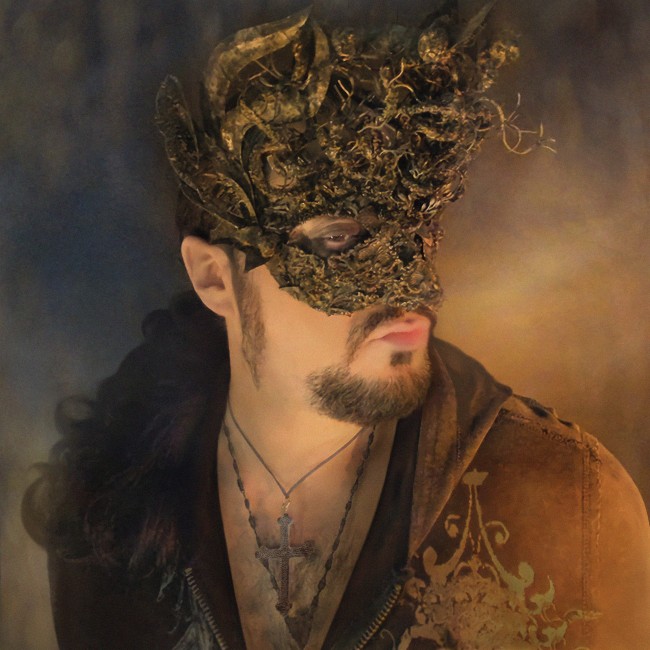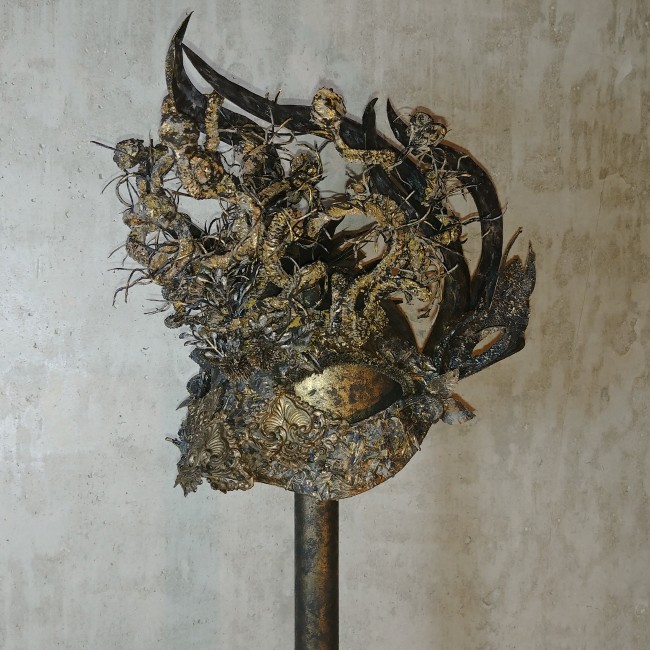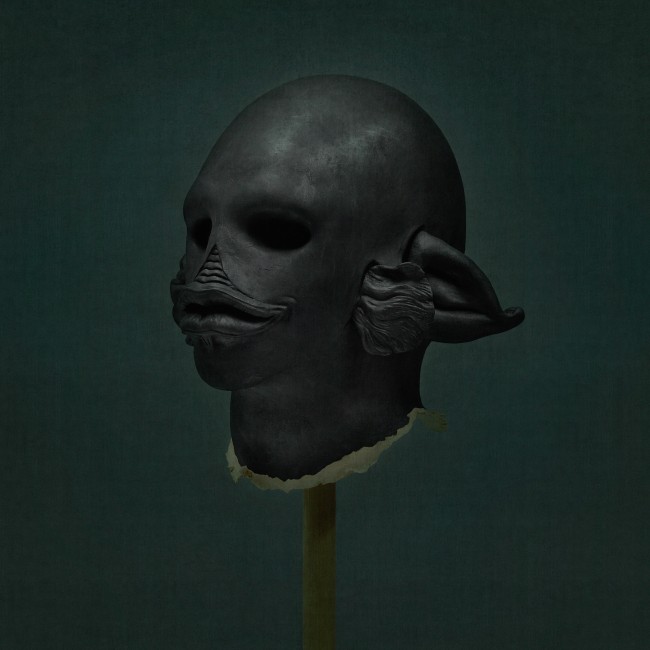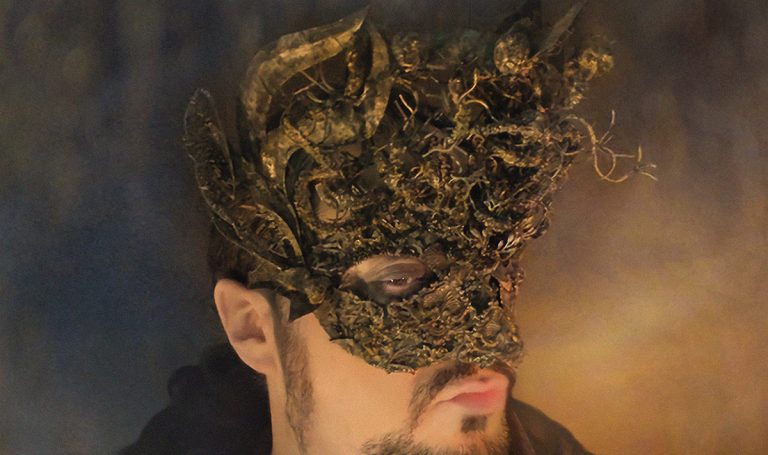Adamo Macri, a Montreal-based artist, takes a unique approach to art, incorporating elements of sculpture, photography, painting, video, and drawing into his work. His art explores profound themes such as identity, contamination, and the intricate balance of nature, often blurring the lines between the artist and the artwork itself. Macri’s projects go beyond static representations, focusing on the idea of perceiving his sculptures as evolving occurrences, a perspective that allows his work to resonate deeply with viewers.

Macri’s approach is innovative in that he often transforms his own physical presence, using his body as part of the canvas to tell the stories he wishes to convey. This concept of transformation is at the core of his artistic process, resulting in pieces that function as carefully constructed narratives. Each project, whether it be a sculpture, photograph, or video, is part of a larger anthology of tales, showcasing Macri’s progress as an artist and storyteller.
One of Macri’s most recent pieces, The Lure (2023), showcases this blend of identity, nature, and transformation. The work, a 64 cm by 64 cm photograph, is part of the Jahrfish initiative, a project that delves into the connection between two distinct bodies of Macri’s work. Inspired by both the mutant fish-head artworks of the Jahrfish and his concept-portraits, The Lure draws viewers in with its haunting depiction of a metallic face mask resembling a fisherman’s lure. The mask is symbolic, serving as a metaphor for the human condition—how people are often drawn toward things that lead to their own demise.

For Macri, self-portraiture is not just a form of artistic expression but a way of life. While self-portraits have been a part of art history for centuries, Macri believes they hold a special place in the contemporary world. He sees the self-portrait as a visual journal, documenting the life and thoughts of the artist over time. However, his work diverges from traditional self-portraiture in its exploration of transformation, as his appearance constantly changes with little effort on his part. This chameleon-like trait becomes a central theme in his art, allowing him to explore the boundaries of identity and perception.
In The Lure, Macri’s ever-evolving appearance and use of masks deepen the mystery of who the artist truly is. He views his role as an artist as one that requires vulnerability and openness, akin to the vulnerability felt by a singer hitting a high note. For Macri, creating art means exposing oneself intimately to the public, sharing not just the artwork but the emotional and personal process behind it. His approach to art involves a delicate balance of exhibitionism and introspection, resulting in pieces that feel both deeply personal and universally relatable.

Another notable piece in Macri’s body of work is Carnevale (2022), a 36 cm by 36 cm photograph that draws upon themes of identity and tradition. The mask used in this work, Pasubio (2018), is a birdlike creature that symbolizes a rich lore tied to the region of Pasubio. In Carnevale, Macri uses this mask to explore the concept of sight and perception. His use of eyewear, a recurring motif in his work, serves as both a literal and metaphorical mask, hiding the eyes while drawing attention to them. By covering the eyes of his subjects, Macri raises questions about observation and control—who is watching, and why?
In these works, Macri never looks directly at the viewer, instead gazing slightly off to the side. This subtle shift creates an intimate yet detached connection with the audience, allowing them to engage in a kind of voyeurism that is only permissible in the world of art. The viewer becomes a silent observer, peering into the inner world of the artist without fear of intrusion or consequence. This delicate interplay between observer and observed is a hallmark of Macri’s work, one that challenges the viewer to confront their own perceptions and biases.
Macri’s work is more than just a visual experience; it is an invitation to reflect on the nature of identity, transformation, and the role of the artist in society. He describes himself as a public servant, one who uses his art to inspire thought and introspection. For Macri, art is not about ego or self-promotion but about creating a space for genuine reflection and dialogue.
In the ever-changing landscape of contemporary art, Macri’s work stands out for its dedication to progress, both in terms of technique and theme. His ability to blend personal transformation with broader societal issues makes his art both timeless and relevant. Through his sculptures, photographs, and masks, Macri invites us to question our own identities and the masks we wear in our daily lives.
As he continues to create and push the boundaries of self-expression, Macri remains committed to his unique vision, one that challenges both himself and his audience to look beyond the surface and explore the deeper truths that lie beneath. Whether through the haunting allure of The Lure or the enigmatic gaze of Carnevale, Macri’s work will continue to captivate and inspire those who encounter it.

